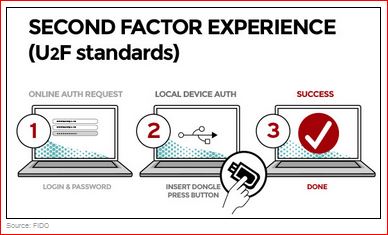Biometrics have been touted as increasing security, but recent articles give pause for thought.
ESET Security/Welivesecurity.com’s article ‘Fingerprint Security: Three Myths Busted” highlights that fingerprints can be stolen, copied and used to bypass today’s readers, so passwords are unlikely to become obsolete any time soon.
And Security Research Labs headline reads “Fingerprints are not fit for secure device unlocking”!
Fingerprint Security: Three Myths Busted
Even Voice Recognition won’t create foolproof security, with new technology that clones vocal pitch, “accurately enough to make him or her say anything you want. The potential risks are obvious: If your phone requires your voice to unlock it, an attacker with some audio of your voice could do it.
… biometrics can still be an effective layer of security if, as FIDO standards specify they are, “limited in scope to only the first of a two-step process that also requires physical possession of the authorized user’s personal device.”
…
“Because voice transformation technologies are increasingly available, it is becoming harder to detect whether a voice has been faked,””
So you might think a text is safe for two-factor authentication? Think again on that too…
It’s not, as detailed in a Wired.com article:
“SMS text messages are often the weakest link in two-step logins … it can be intercepted. And that means you’re potentially at some level of risk.
…
Those attacks aren’t exactly easy to pull off, and likely require the attacker to figure out the user’s cell phone number in addition to the password that they’ve stolen, guessed, or reused after being compromised in a data breach from another hacked service. But for anyone who might be a target of sophisticated hackers, all of those techniques mean SMS should be avoided when possible for anything login-related.”
Hey, Stop Using Texts For Two Factor Authentication
It seems like the perfect solution has yet to be found.




